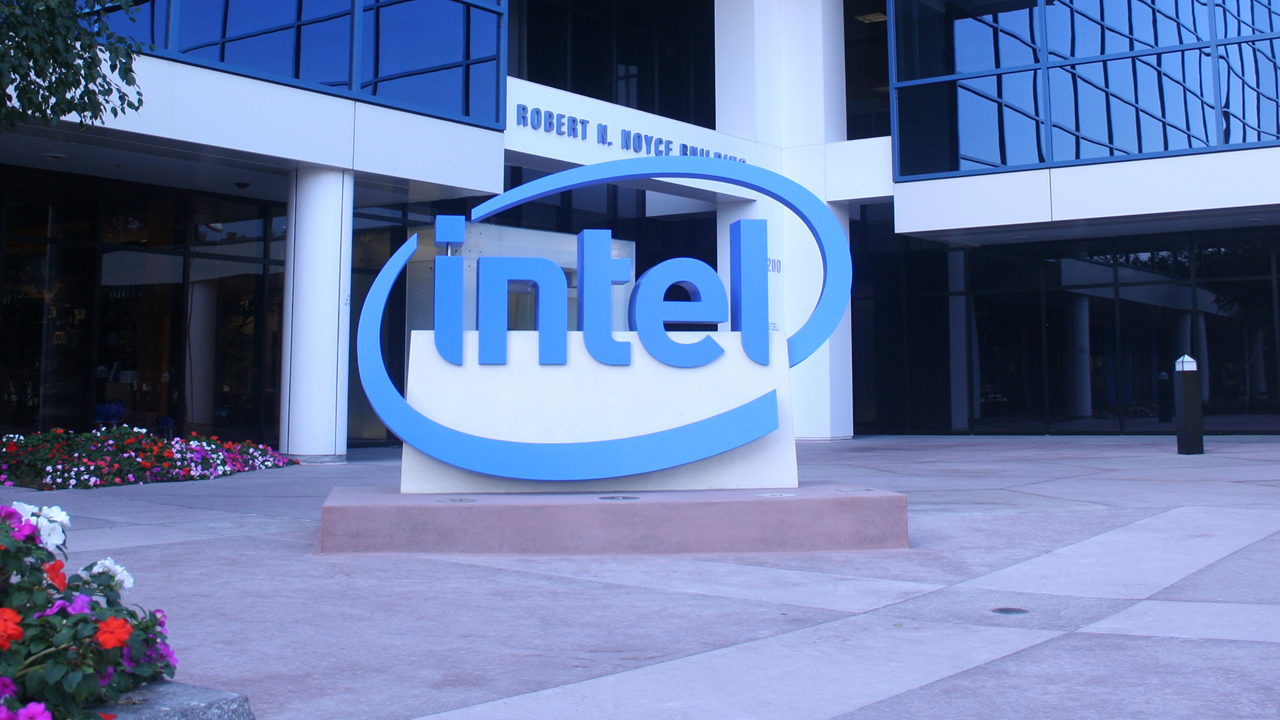
Intel continues to work on its not-yet-released redo of the x86 architecture called X86S and has released its version 1.2 specification of the ISA (via InstLatX64 on X).
The chip titan proposed last year that it was about time to introduce a slimmed-down, 64-bit-only version of the x86 architecture, which Intel created alongside the famous 8086 chip back in the 1970s. Since Intel and AMD added tons of capabilities to the long-lived ISA, many features have become “outdated,” according to Intel.
The new version 1.2 of X86S largely touts the many things that have been removed, especially the 16-bit and 32-bit features. Intel did add a “32-bit compatibility mode,” but it’s unclear what exactly it does; we’ve reached out to Intel for comment.
Most importantly, the new X86S ISA would remove native 32-bit support, which has become less valuable since the first 64-bit CPUs arrived in the early 2000s, followed by 64-bit operating systems like Windows 7 a few years later. As of February, the biggest digital games distributor globally, Steam, no longer supports 32-bit MacOS devices.
While simplifying and modernizing one of the world’s most used architectures could be a worthwhile goal, support for legacy hardware and software has been one of x86’s primary characteristics. Windows, primarily run on PCs equipped with x86 chips, has traditionally had legacy support, and the switch to X86S could break with that history.
If Intel were to use X86S for its CPUs in the future, there’s also a big question of what AMD, the other primary x86 CPU designer, would do. Although Intel has always been the bigger company (and still is today despite Intel’s ongoing crisis), AMD has been crucial in the history of x86 and developed the current 64-bit version of the ISA, known as x86-64 or AMD64.
Incidentally, AMD’s 64-bit version of x86 likely doomed Intel’s own 64-bit architecture, Itanium. If Intel seriously plans to use X86S, it might be beneficial for the company to get AMD’s support or avoid a disagreement on legacy support.







